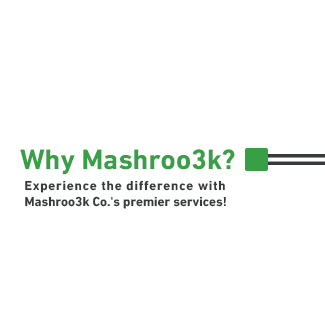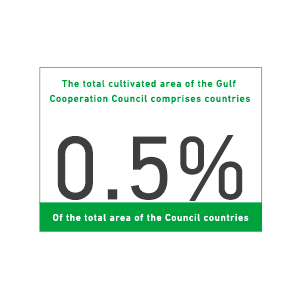The Fish Feed Factory is a facility dedicated to the production of fish feed, utilizing a variety of ingredients such as seeds, grains, roots, tubers, oilseed waste, green feed materials, and roughages. Fish feed typically consists of protein, fat, carbohydrates, vitamins, minerals, and antioxidants. Mashroo3k for Economic Consulting underscores the economic viability of this venture, highlighting its considerable profitability, escalating demand, and prospects for future expansion. This expansion could involve augmenting production lines, introducing new product variants, and exploring export opportunities to foreign markets.

The Fish Feed Factory is a facility dedicated to the production of fish feed, utilizing a variety of ingredients such as seeds, grains, roots, tubers, oilseed waste, green feed materials, and roughages. Fish feed typically consists of protein, fat, carbohydrates, vitamins, minerals, and antioxidants. Mashroo3k for Economic Consulting underscores the economic viability of this venture, highlighting its considerable profitability, escalating demand, and prospects for future expansion. This expansion could involve augmenting production lines, introducing new product variants, and exploring export opportunities to foreign markets.
Mashroo3k for Economic Consulting is delighted to offer a comprehensive feasibility study for Fish Feed Factory, adhering to the latest international standards in this field. Our services are distinguished by meticulous methodology, thoroughness, connectivity, and forward-thinking capabilities, all supported by our extensive database covering Middle Eastern markets. Backed by a team of consultants renowned for their extensive experience, expertise, and professionalism, we ensure superior service delivery. Furthermore, we provide our clients with access to top-quality production lines at competitive prices.



Executive Summary
Project Service/Product Study
Market Size Study
Study of Risks
Technical Study
Financial Study
Regulatory and Administrative Study

The Agricultural Production in the GCC Countries The Agricultural Sector undeniably plays a crucial role in global economies, serving as a foundation for attaining self-reliance and guaranteeing food security. Beyond supporting livelihoods, it serves as a significant driver in reducing unemployment and combating poverty. Moreover, it serves as the primary supplier of essential raw materials for numerous manufacturing industries. Approximately 935.6 million individuals are employed in this pivotal sector, constituting 28.3% of the global workforce. According to the latest statistics, the quantity of agricultural production in the GCC countries is estimated at around 8.7 million tons of various agricultural crops. It is noteworthy that the Kingdom of Saudi Arabia alone contributes with 60.5% to the Gulf plant production, followed by the Sultanate of Oman with approximately
The Global Sector of Agricultural Production Over the past 20 years, the value added to agriculture has increased by 73% to reach USD 3.5 trillion. Agriculture accounts for 4% of the global GDP. There are 874 million workers in the agriculture sector, representing approximately 27% of the global workforce. The total global agricultural land area is estimated at 4.8 billion hectares, divided into (3.2 billion hectares of meadows and pastures, and 1.6 billion hectares of crops). The total global production of primary crops is 9.4 billion tons. The total global production of red and white meat is 337 million tons. The total global production of fruits is 883 million tons. The total global production of vegetables is 1128 million tons. The total global production of vegetable oil is 201 million tons. The total global production of dairy is 883 million tons. The total global production of eggs is 83 million tons.

According to the United Nations Food and Agriculture Organization (FAO), global hunger is on the rise, with the number of malnourished individuals reaching 770 million. While this figure is alarming, there is optimism that agriculture can contribute to its reduction. However, it’s concerning to note that agricultural land worldwide decreased by 127 million hectares between 2000 and 2019, roughly equivalent to the size of Niger state, and forest area declined by 94 million hectares during the same period, approximately equivalent to the size of the United Republic of Tanzania. These statistics are unsettling, particularly considering the continuous growth of the global population. In light of this, “Mashroo3k” Company advocates for investments within the agricultural sector, aiming to align with the increasing demand for food.